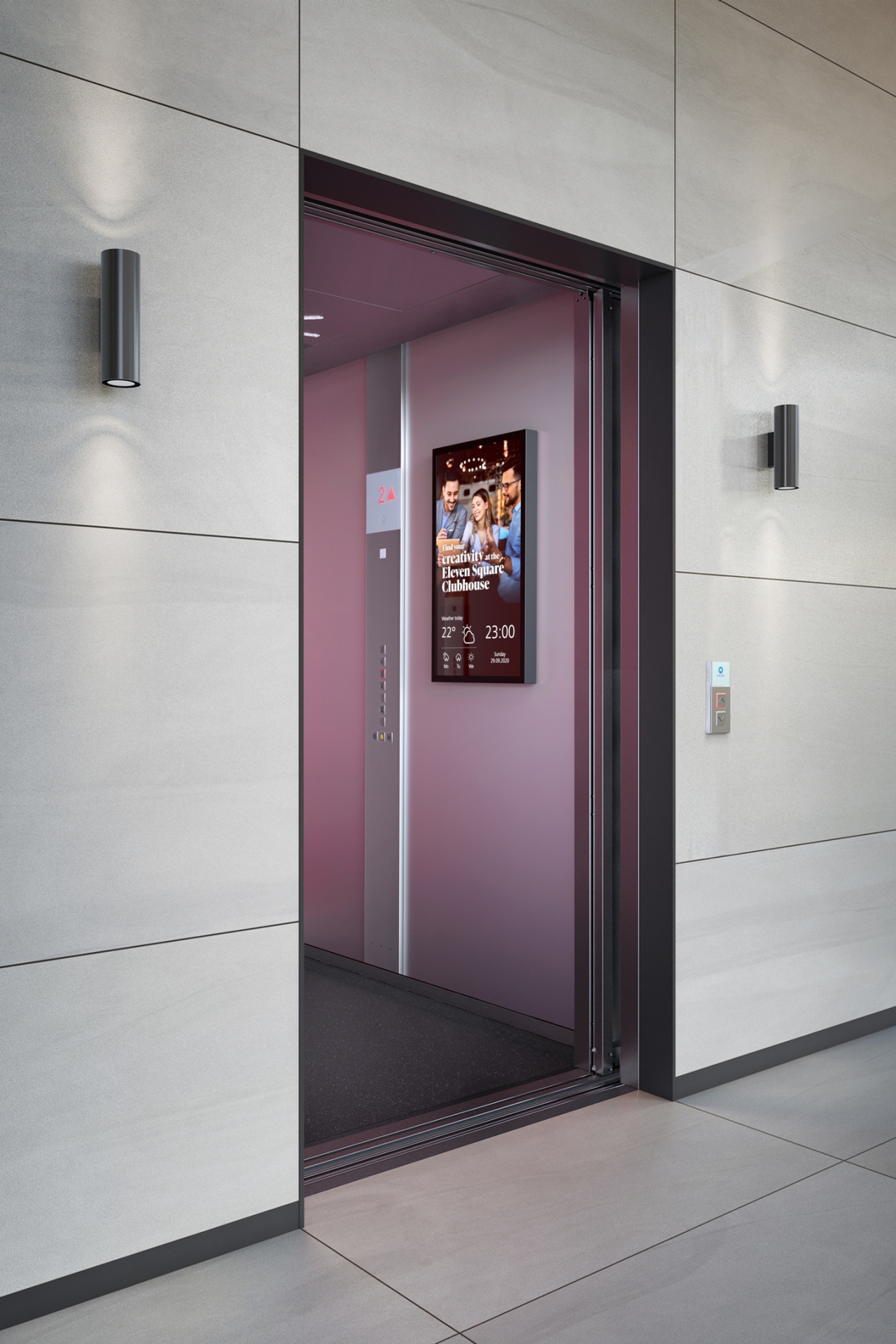Goods lifts play a crucial role in streamlining logistics and operations in various industries by facilitating the efficient movement of heavy or bulky items. When considering a goods lift, it's important to assess specific operational needs and consult with our professionals for a tailored solution.
Goods lifts, also known as freight elevators or cargo lifts, are designed specifically for the efficient and safe transportation of goods or heavy loads within buildings. Here are key aspects related to goods lifts:
1. *Load Capacity:*
- Goods lifts are designed to handle heavier loads compared to passenger lifts, ranging from a few hundred kilograms to several tons.
2. *Durable Construction:*
- Sturdy and robust construction to withstand the demands of transporting heavy items or goods.
3. *Industrial Strength:*
- Suited for industrial and commercial environments, supporting the transportation of goods in warehouses, factories, and large retail establishments.
4. *Loading and Unloading Efficiency:*
- Efficient design for easy loading and unloading of goods, often with large openings and sturdy doors.
5. *Safety Features:*
- Enhanced safety features such as multiple braking systems, overload protection, and emergency controls to ensure the safe transportation of goods.
6. *Customizable Configurations:*
- Configurations tailored to specific needs, including different door options, platform sizes, and load capacities.
7. *Freight-Only Operation:*
- Designed exclusively for transporting goods, minimizing wear and tear associated with passenger transport.
8. *Control Systems:*
- User-friendly control systems for operators to manage the lift efficiently during loading, transportation, and unloading.
9. *Compliance with Standards:*
- Adherence to relevant safety and building codes to ensure compliance with regulations.
| SHAFT SIZE | NUMBER OF FLOORS | CEPACITY | SPEED |
| 2000 MM X 2000 MM & Above | G+1 | 1Tone & Above | 0.5Mps to 0.8Mps |
| 3000 MM X 3000 MM & Above | G+2 | 2Tone & Above | 0.5Mps to 0.8Mps |
| 4500 MM X 4500 MM & Above | G+3 | 3Tone & Above | 0.5Mps to 0.8Mps |
Stainless Steel &
Mild Steel
Hospital lift connectivity involves integrating modern technologies to enhance efficiency, safety, and overall performance. Key aspects of hospital lift connectivity include:

1. *Remote Monitoring:* Real-time monitoring of lift performance and status remotely, allowing for proactive maintenance and issue resolution.
2. *IoT Integration:* Internet of Things (IoT) technology to enable connectivity and data exchange between lift components for predictive maintenance and performance optimization.
3. *Smart Controls:* Smart control systems that provide centralized management, allowing hospital staff to prioritize lift usage and respond to emergencies promptly.
4. *Integration with Hospital Systems:* Seamless integration with hospital information systems, enabling coordination with patient transport schedules and minimizing wait times.
5. *Emergency Communication:* Enhanced communication systems, including video and audio features, for quick response during emergencies.
6. *RFID or Biometric Access:* Advanced access control systems using RFID cards or biometric authentication to restrict lift usage based on authorized personnel.
7. *Traffic Management Systems:* Algorithms and sensors for optimizing lift traffic flow, especially during peak hours, to reduce waiting times and improve efficiency.
Effective connectivity in hospital lifts ensures a seamless and responsive vertical transportation system, contributing to the overall efficiency of patient care and hospital operations. When implementing connected solutions, it's crucial to prioritize data security and compliance with healthcare industry regulations.